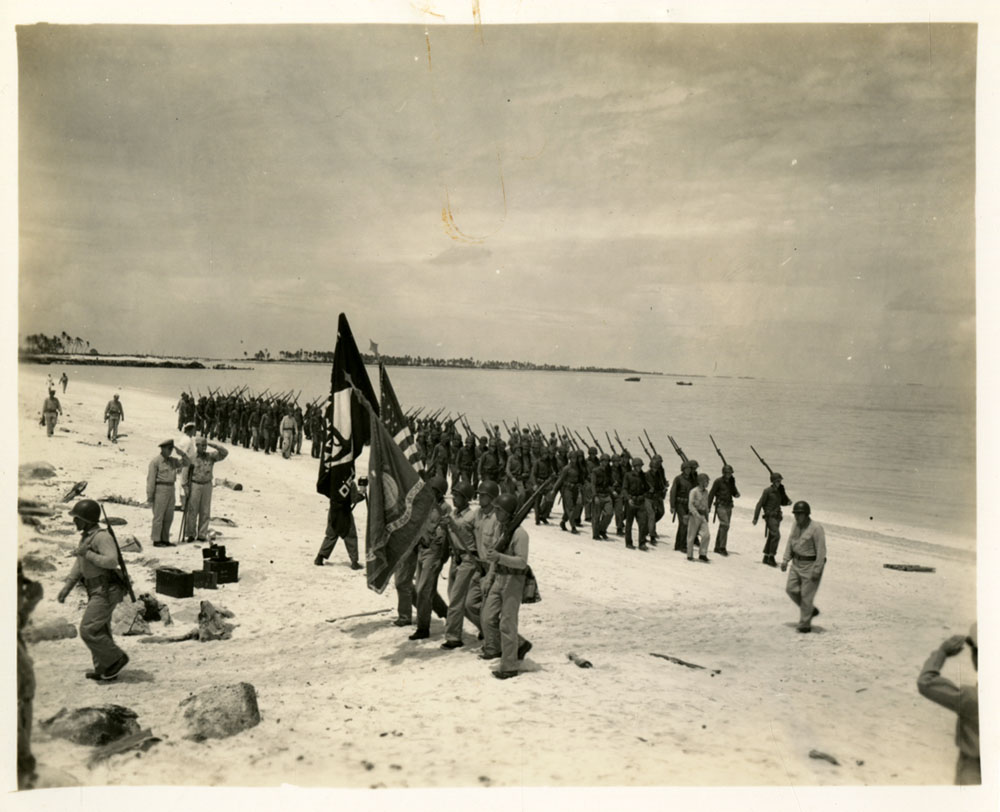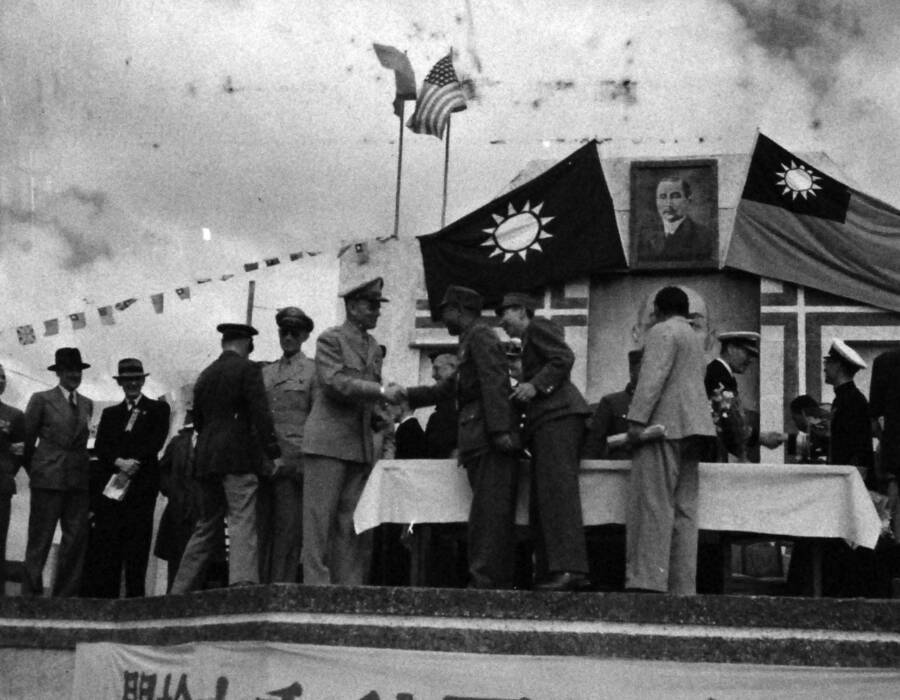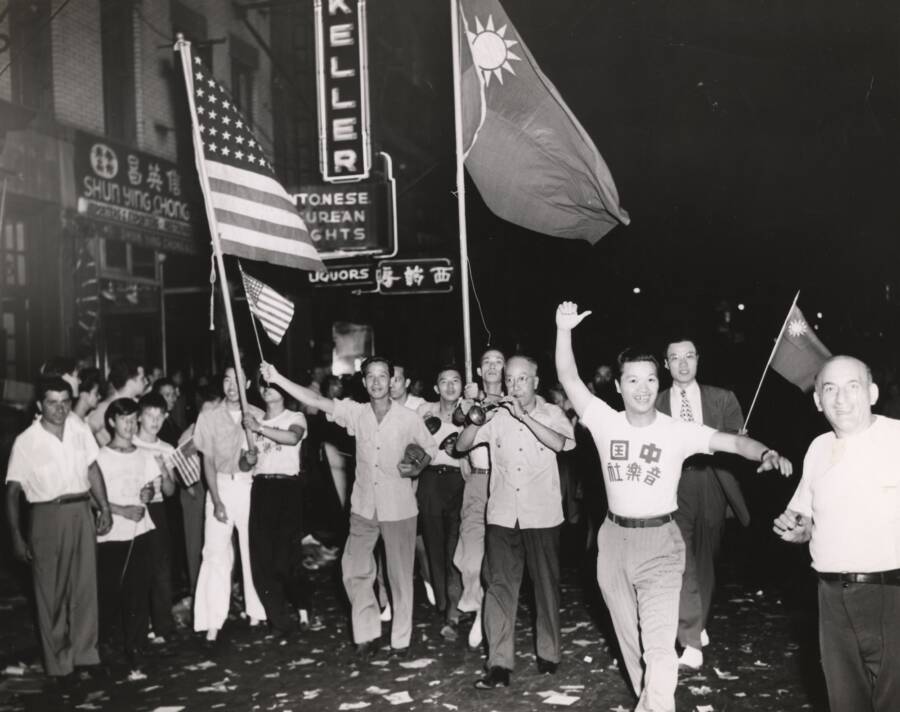

The Japanese actually believe that they are descendants of the gods, that their emperor is divine, and that they have a heaven-inspired mission to rule the world. Also, high tariffs in the United States and other countries barred Japanese goods from some of the world markets. Japan was less rich in resources than the United States, Great Britain, and the USSR. The working classes had a low standard of living, and big business demanded more raw materials and more markets which could be exploited without meeting European and American competition.
The Japanese were dissatisfied with their economic condition. Japan is located at the center of the rich Asiatic-Pacific area and had the strongest and most successful army and navy in Asia. The Japanese armed forces enjoy a special position that gives them practical control of the government. The Japanese believe that their nation is superior to all others and that it has a special mission to dominate and rule the rest of mankind. What were the causes of aggression?įor the purposes of this pamphlet the principal causes of Japanese aggression may be summarized as follows: Since 1941 the people of this country have been too busy fighting Japan and the other Axis partners to spend much time investigating their history and politics. Americans have never before gone to war with a nation about which they knew so little. To understand what has to be done to prevent another Pearl Harbor we need to know something of the motives which led the Japanese to stake everything on this greatest gamble in their history. Then will be the time to employ the treatment that will cure the Japanese once and for all of the disease of creeping aggression. That will depend mainly upon our firmness and wisdom in handling Japan after the victory is won.Ī day will come when Japan will lie stricken and harmless. But though our victory will remove the immediate danger that threatened us in 1941, it will not of itself make us secure against a repetition of that danger. We know that the Japanese will be defeated. But we can plan and act now to keep the sons of the men who are fighting Japan from having to do the job all over again. There is nothing to be gained by reproaching ourselves for not having read the future correctly. Only a few Americans seem to have realized that the peace and security of the United States were being endangered every time Japan seized a slice of its neighbors’ territory. On the eve of the present war, Japan seized control of Indo-China from defenseless France and reduced Thailand (Siam) to the status of a puppet.īy a combination of bluff and bloodshed Japan’s warlords, in less than half a century, had increased their holdings from 147,669 square miles to more than 1,000,000. Twelve years later the Japanese began carving out sections of China, starting with Manchuria in 1931. At the end of World War I, the victorious powers handed the Japanese a mandate over the former German islands north of the equator, one of the most important strategic areas in the Pacific. After defeating Russia in 1904–05, Japan took the south half of Sakhalin and the southern tip of Manchuria known as the LiaotungPeninsula. The successful war with China in 1894–95 added Formosa and the nearby Pescadores islands to the Japanese Empire. For the next fifty years Japan’s conquest and absorption of Asia and the Pacific islands has continued, step by step, with time out to consolidate the gains and gather strength for the next move. In July of that year Japanese naval guns fired on Chinese ships without warning. Moving cautiously, while its modern navy and army were still in the infant stage, Japan took over several groups of small islands not far from its homeland without having to fight for them.īy 1894 it was strong enough to challenge the weak and aging Chinese Empire. Japan started in business as a land-grabbing power in a small way. But that was not the starting point of Japanese aggression. All rights reservedīackground: FIRST PICTURES JAPAN'S VICTORY MARCH Chinese-bomb during victory march causes international tension.World War II really began when the Japanese army seized Manchuria in 1931. Sino-Japanese War China Occupied Countries Ceremonies - Military Displaced PersonsįOR REST OF STORY SEE 'NANKING, CHINA' CARDįIRST PART OF THIS STORY ON 'SHANGHAI, CHINA' CARD. 
view & long view Gunboat 'Panay' anchored with tanker. view small boats pulling away.sun effect.

Long & semi views refugees getting into small boats.

view refugees in small boats on rough water. Semi view & CU Arthur Menken photographing scene. view British troops arrive and semi view passing by. Semi view native policeman explaining 'incident'.








 0 kommentar(er)
0 kommentar(er)
